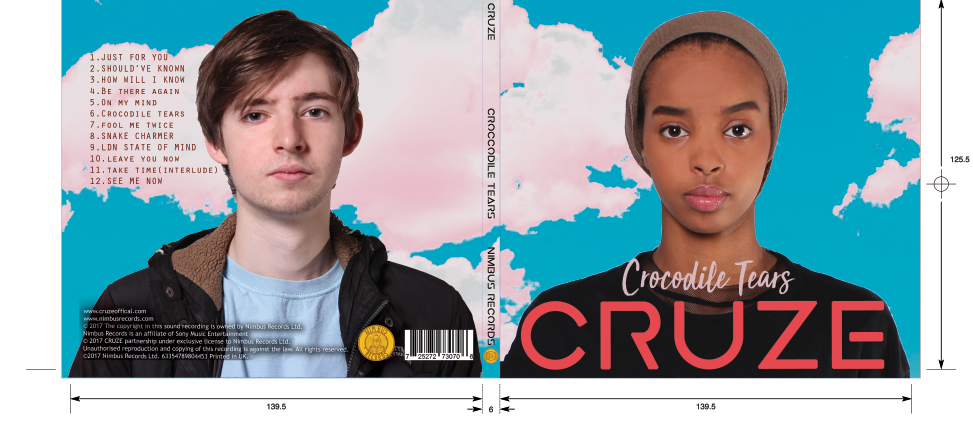To further help with the production of our opening sequence, we made a group decision to make a storyboard to further help the development of our opening sequence. Although the timeline was a very important way for us to map out our opening sequence and it was our first attempt at mapping out the running order, the storyboard was our first visual representation of our sequence. This allowed us to plan out the camera and visual effects and see how shots worked in comparison to how we thought they would work on the timeline.
Similar to the timeline, we split the storyboard into beginning, middle and end:
 |
| Storyboard |
The storyboard was more useful than the timeline as we were able to see a visual representations of our shots. We were also able to get a look into the types we used and were able to amend this and change shot types.
We used post-it notes to differentiate between the various shot types:
- Titles = Pink
- Close Ups = Blue
- Mid Shots = Green
- Long Shot = Yellow
 |
| Post-it Notes |
So there was no confusion when running through the storyboard and when making the shootboard, we would write the initials of the characters in the shot that they were in. e.g. L for Lucy. This was a very useful tactic that we didn't do in the prelim but we learned from that and did it in the main project saving a lot of time and avoiding confusion.
We also used thick black arrows to represent camera movement and thin black arrows to represent character movement. Here we used a thick black arrow to represent the camera movement in the form of a pan to the back of Raj's head. Using the different types of arrows seemed tedious at first but it was very beneficial considering the challenges that might arise by trying to draw the movement with rudimentary artistic skills.
We also felt the storyboard was extremely useful for when it came to making the shootboard as we were able to group the shots in terms of their set up so it would be much easier when filming.







No comments:
Post a Comment